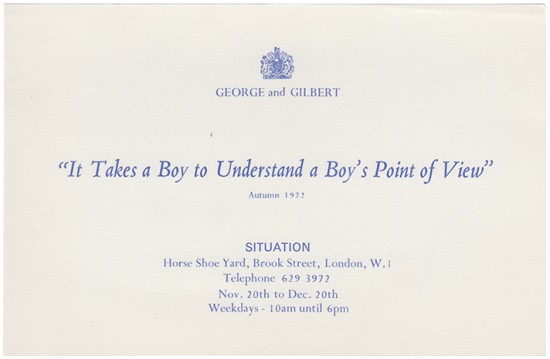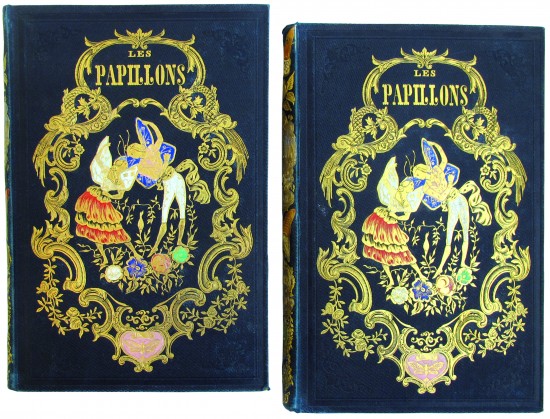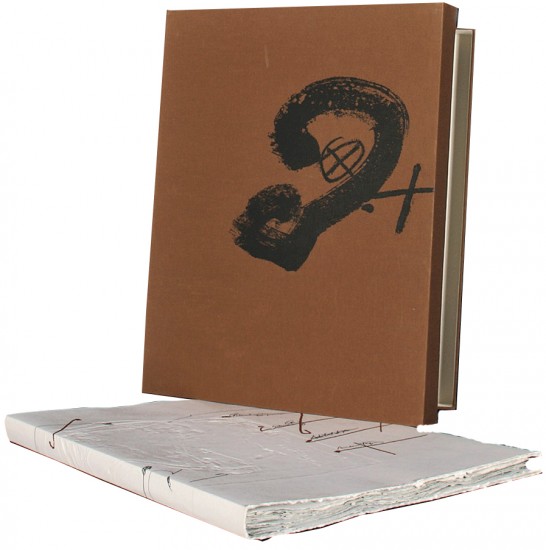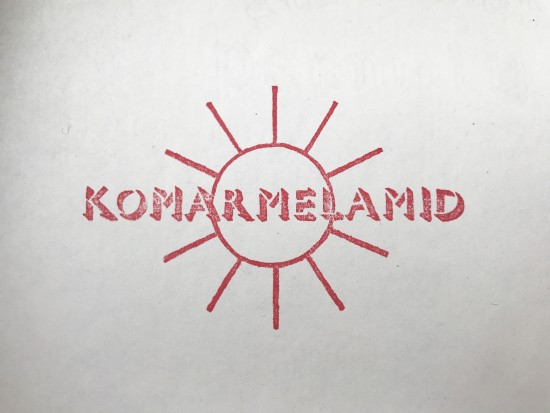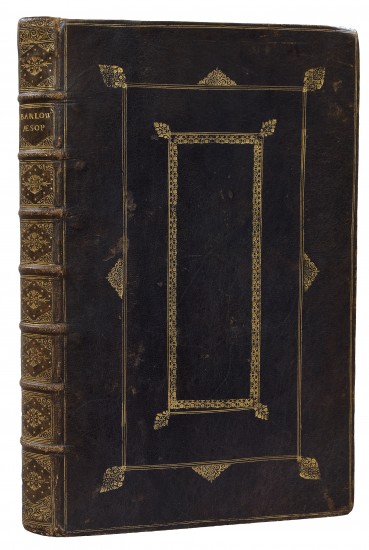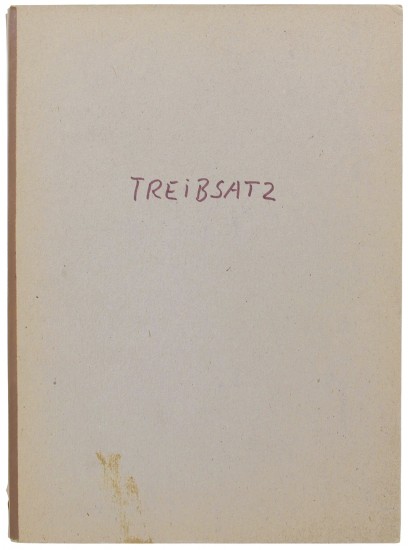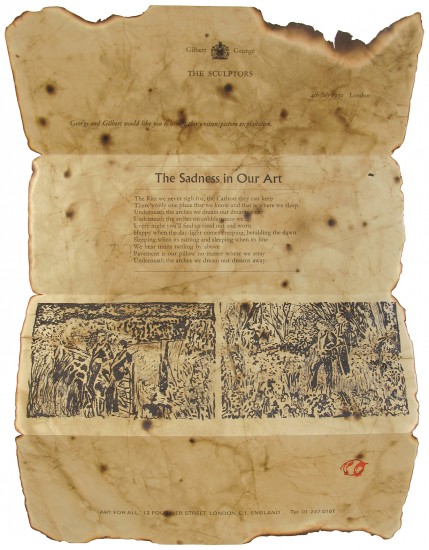Tsuki ni Hoeru. (Howling at the Moon)
Onchi Koshiro, Hagiwara Sakutaro & Tanaka Kyokichi
Tokyo. Kanjyoshisha, Hakujitsusha Publishing Division. 1917
Sold
First edition, limited to 500 copies, in the rare dust-jacket.
Sakutaro Hagiwara is considered by many critics to be the father of modern Japanese poetry. He was among the first poets to break away from the traditional, strictly metered forms of Japanese poetry as practiced in the writing of tanka and haiku. He also established a new aesthetic in Japanese poetry in which he attained a sustained poetic lyricism by using colloquial Japanese speech in free-verse poems.
In 1916 he co-founded the magazine Kanjo (Sentiment) with Muro Saisei, an author whose poems he greatly admired. The magazine featured a new style of modern Japanese poetry that was distinct from the highly intellectual poems that other magazines of the day were publishing. The following year Hagiwara published his first poetry collection, Tsuki ni Hoeru (Howling at the Moon). This collection, which introduced Hagiwara's extraordinary talent for using colloquial speech in a free-verse style, gained wide critical acclaim and established his reputation as a significant new voice in Japanese poetry. Because of the erotic content of two of the poems, six pages were removed by the censorious authorities.
'Howling at the Moon' had a wide and immediate impact on the Japanese literary community. Although the collection contains some traditional tanka, many of the poems use colloquial language and are written in a loose, unmetered form. Hagiwara's success at elevating common Japanese speech to a poetic form was unprecedented - he essentially created a new aesthetic in modern Japanese poetry.
Not only is the poetry of 'Howling at the Moon' of such a landmark status, the book's importance also lies in the groundbreaking illustrations. Onchi Koshiro is considered one of the leading innovative figures among Japan's twentieth-century artists. He produced single sheet prints and book designs, as well as being a poet and art theorist. In 1911, under the influence of Takehisa Yumeji, Onchi began to design books and quickly became involved in producing print and poetry magazines. Onchi started to make abstract prints at the beginning of the Taisho- era (1912-26), and continued to experiment, drawing on traditional elements of Japanese colour and decorative sense, combining them with motifs from international modernism. His abstract designs for 'Howling at the Moon', produced in collaboration with Tanaka Kyokichi during the last months of the latter's terminal illness, are of huge importance in regard to the nascent beginnings of avant-garde artistic activity in Japan. A second edition was published in 1922.
[PROVENANCE: Effaced ownership signature to title: 'S. Shimidzu / Kobe, 1917'; contemporary bookseller's ticket to rear flap of dust-jacket].
[Ref. Pompidou - Japon des avant gardes 1910-1970 p.175; Books as Art - Urawa Art Museum 2001, pp. 74 - 75].
Sakutaro Hagiwara is considered by many critics to be the father of modern Japanese poetry. He was among the first poets to break away from the traditional, strictly metered forms of Japanese poetry as practiced in the writing of tanka and haiku. He also established a new aesthetic in Japanese poetry in which he attained a sustained poetic lyricism by using colloquial Japanese speech in free-verse poems.
In 1916 he co-founded the magazine Kanjo (Sentiment) with Muro Saisei, an author whose poems he greatly admired. The magazine featured a new style of modern Japanese poetry that was distinct from the highly intellectual poems that other magazines of the day were publishing. The following year Hagiwara published his first poetry collection, Tsuki ni Hoeru (Howling at the Moon). This collection, which introduced Hagiwara's extraordinary talent for using colloquial speech in a free-verse style, gained wide critical acclaim and established his reputation as a significant new voice in Japanese poetry. Because of the erotic content of two of the poems, six pages were removed by the censorious authorities.
'Howling at the Moon' had a wide and immediate impact on the Japanese literary community. Although the collection contains some traditional tanka, many of the poems use colloquial language and are written in a loose, unmetered form. Hagiwara's success at elevating common Japanese speech to a poetic form was unprecedented - he essentially created a new aesthetic in modern Japanese poetry.
Not only is the poetry of 'Howling at the Moon' of such a landmark status, the book's importance also lies in the groundbreaking illustrations. Onchi Koshiro is considered one of the leading innovative figures among Japan's twentieth-century artists. He produced single sheet prints and book designs, as well as being a poet and art theorist. In 1911, under the influence of Takehisa Yumeji, Onchi began to design books and quickly became involved in producing print and poetry magazines. Onchi started to make abstract prints at the beginning of the Taisho- era (1912-26), and continued to experiment, drawing on traditional elements of Japanese colour and decorative sense, combining them with motifs from international modernism. His abstract designs for 'Howling at the Moon', produced in collaboration with Tanaka Kyokichi during the last months of the latter's terminal illness, are of huge importance in regard to the nascent beginnings of avant-garde artistic activity in Japan. A second edition was published in 1922.
[PROVENANCE: Effaced ownership signature to title: 'S. Shimidzu / Kobe, 1917'; contemporary bookseller's ticket to rear flap of dust-jacket].
[Ref. Pompidou - Japon des avant gardes 1910-1970 p.175; Books as Art - Urawa Art Museum 2001, pp. 74 - 75].
8vo. (200 x 140 mm). Frontispiece and 3 woodblock print illustrations by Onchi Koshiro, 11 plates by Tanaka Kyoichi. Original publisher's beige paper-covered boards with printed title to spine and vignette to front board, matching endpapers and original dust-jacket with colour design by Tanaka Kyokichi to front panel, printed title to spine.
#40698




